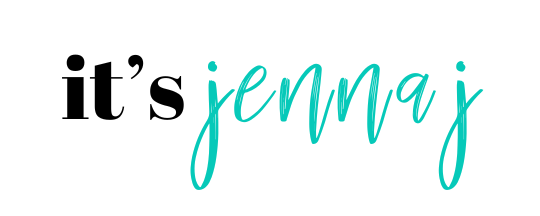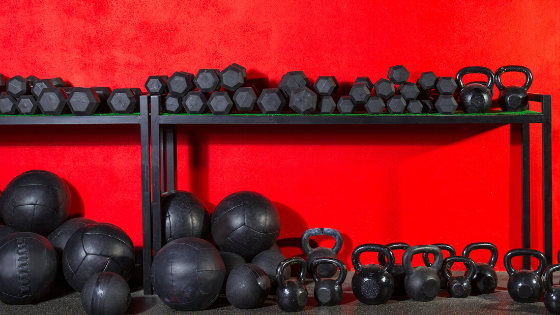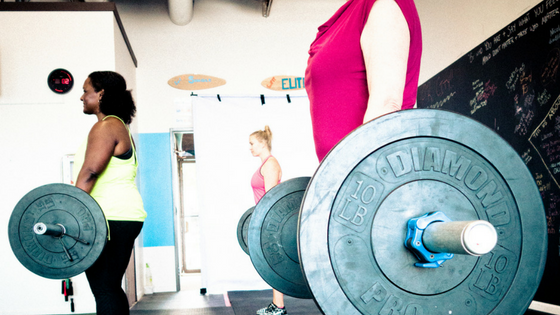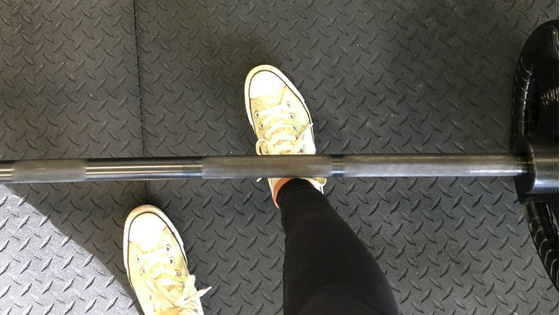Considering DIY Strength Training? Here’s What You Need To Know First:
Over the past few months, I have actively discouraged multiple people from signing up for my DIY strength training program. On many occasions, I have actually considered pulling it away from my offerings altogether. You might wonder why, considering that this time last year I was talking about it nonstop. But here’s what I want you to know:
If you’ve ever signed up for some kind of DIY fitness offer (meaning one that doesn’t include coaching) and never actually used it, you’re not lazy or unmotivated, and there’s nothing wrong with you.
What you probably needed, was a different kind of support. I can’t emphasize this enough. In fact, if you are one of the lovely humans who bought my Tough Love Strength DIY program last year and never used it, I’m sorry. And if you cancelled your membership, I want you to know that I’m secretly (openly?) glad you did. Because I hated seeing your payment go through each month when you barely (if ever) logged in to use it. Truly, I hope you’ve found something that works better for you.
What most of the fitness industry won’t tell you is that it thrives off people who pay for memberships to things they never actually use.
The problem is, those small amounts of money add up big time. $15 monthly online yoga subscription here. $20 cheap gym membership there. Maybe you’re hanging onto it in hopes that you’ll eventually become the type of person who enjoys online group fitness classes? But the truth is, the only thing worse than spending an ass ton of money on fitness, is spending a moderate amount of money on stuff that you’re never gonna use.
And when I say ass ton of money, I mean it. Did you know that the average personal trainer costs $50-$150 an hour?
Google it if you don’t believe me. I say that not because I think it’s wrong to charge that much. When you hire a personal trainer, you’re not just paying for the one hour you spend with them. You’re paying for the countless hours of continuing education (in some cases even full on college degrees) they’ve completed. Not to mention the hours we spend programming your workouts for you, reading books about how trauma affects pain, messaging back and forth with you about your squat stance, why your sleep has been crap lately, how you’re recovering from your car accident, your new job, your upcoming wedding etc. etc. (All things I’ve done in the last week, BTW.) If you’re working with a good personal trainer, you definitely occupy way more of their brain space than you know.
In any case, realizing all of this, and observing the success (or lack thereof) in my clients was the main reason I restructured my coaching packages a few months ago. Because I noticed the following patterns:
- Most of my clients are not rich housewives who have the budget to spend $600 a month on personal training.
- Most of my clients actually need some sort of coaching outside of personal training to figure out what’s getting in their way when it comes to working out on their own.
- Most people do not have the experience or knowledge necessary to follow a DIY strength training program on their own with 0 access to a coach.
- Most people CAN learn how to become more self sufficient with their training when given that knowledge and putting it into practice with some guidance. 🙂 That’s the good news!
I don’t want my clients to need me to be present to get a solid training session in. At least not forever. That’s why I’m no longer interested in just giving someone a “good workout”. I wanna teach you how to recreate that experience for yourself.
This is why I no longer offer personal training sessions as a stand-alone service. This is also why my online group coaching program, Tough Love Strength Club, was created. To me, it’s like the strength training equivalent of “teaching a person to fish”. But regardless of whether you’re looking to work with me or someone else, you should know that if your trainer isn’t also teaching you the what/why/how of the things they’re asking you to do in a 1:1 session, they’re training you to be dependent on them. I don’t want my clients to “need” me forever.
If you continue to work with me for years and years (as many of my clients do), I hope it’s because you enjoy the time we spend together in a session.
I also hope that anyone else you choose to work with feels the same. In any case, here are some things to consider when it comes to what you need to know to be successful in various types of strength training setups.
(Note–I’m not talking about group fitness, virtual or in-person, here. Group fitness is not necessarily the same as strength training, even if it incorporates weights. That’s a different topic for a different blog post . . .)
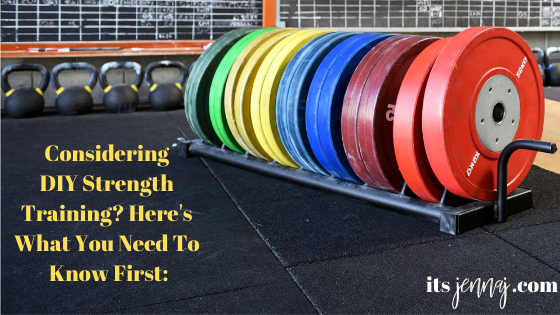
1:1 personal training/coaching is for you if:
- You feel unmotivated to go work out on your own and know you won’t do it unless you have a physical appointment to show up to.
- You have a specific goal in mind that a group or templated program won’t help you progress towards.
- You’ve never really been an active person.
- You’re navigating some kind of physical limitation and need help figuring out how to find variations of standard exercises that work in your body. (Note-I don’t mean an injury. If you’re seriously injured, and haven’t completed physical therapy yet, you definitely need that before you hire a trainer.)
- You know you don’t have very good body awareness and need someone to help you learn how to feel things in real time.
- You have some pretty big mindset blocks around exercise-you either can’t get yourself to do it ever, can’t seem to allow yourself to take rest, or have a very complicated (maybe even traumatic?) history with it. (In which case you might also need a therapist.)
- You like the idea of forming a closer relationship with your coach and want more personalized interactions with them.
You’d probably to well in a small group or templated training program with that comes with coaching if:
- You have a track record of working out on your own and tend to enjoy moving in general. You can count on yourself to make it to the gym or get some other kind of movement in on a regular basis without much trouble.
- Your goal from strength training is pretty general: overall strength, mental health benefits, learning new things, etc.
- You find certain exercises challenging and need a little help navigating that, but you don’t have a problem with most movements.
- You have decent body awareness. AKA you can follow simple instructions and generally understand what it feels like to apply verbal or written cues (aka “straighten your elbow”, “keep your heels on the ground”, etc.)
- You like the security of having a coach to reach out to for form checks and questions, even if you don’t feel like you always have a ton of them.
- You sometimes have mindset shit that comes up in relationship to your workouts. AKA “I’m sore today should I push through or rest?” or “I know I don’t wanna subscribe to diet culture anymore, but I can’t help but feel disappointed that my jeans feel tight today.”
- You like the idea of forming community and don’t mind sharing the coaching experience with others.
If you’re going to purchase a DIY program (AKA pre-planned workouts without coaching) and be successful with it, here’s what you need to know & have in place:
- You have previous experience with strength training in the past. You’ve worked with a trainer who has taught you a lot, either 1:1 or in a group setting. You have an experienced workout buddy–AKA a best friend or partner who is a trainer. Maybe you’re even a coach yourself!
- Your goals are aligned with the DIY program you’re purchasing.
- You’ve always had a healthy relationship with exercise or have done the work to get to a better place with it.
- You enjoy the solitude of working out on your own and don’t really need much guidance.
Here are a few other things you’ll wanna have a good understanding of if you’re going to DIY strength training:
- When it’s time to increase or decrease the weight when you’re lifting.
- How to make an exercise more or less challenging in other ways that don’t involve changing the weight.
- How long to rest between sets and why.
- How to choose a different exercise if the equipment you want is taken or you’re working out from home.
- How many reps and sets to do of each exercise and why you might choose different variables. (AKA not always 3 sets of 10 just because).
- How to use different tempos when you lift and why they might be beneficial for your goals.
- How to know when your excuses are truly excuses or actual barriers or red flags. Ex: Are you avoiding doing thos 12-20 bodyweight lunges because endurance work is hard for you? Or because you slept like garbage and probably need to go home and go to bed?
- You feel neutral about your workout performance. You don’t make feeling sweaty or sore mean something about how “good” your workout was, or how good you are as a person.
I hope these lists helped you consider which person you are right now. This way you can stop wasting time and money on fitness services that aren’t serving you and get yourself in a program that makes a meaningful difference in your life.
The most important thing to remember is that none of these categories is better or worse than the others. Just because you fall into one box right now doesn’t mean you won’t be in a different place later. And just because you can get by with less support from a coach doesn’t mean that you might not sometimes choose to have more. The important thing to remember is that if you’re paying for more access to a coach now, they should ultimately be helping you get to a place where you eventually need less of their support the longer you work with them.
This is one of the reasons I created my online group coaching program, Tough Love Strength Club and include it as an option to bundle with my 1:1 personal training services.
I teach you the what/why/how of strength training and take the guesswork out of what to do when you work out. So that you can eventually be the type of person who purchases a DIY program and does great with it! And feel comfortable going into the free weights section and doing your own thing if there are gym bros there.
